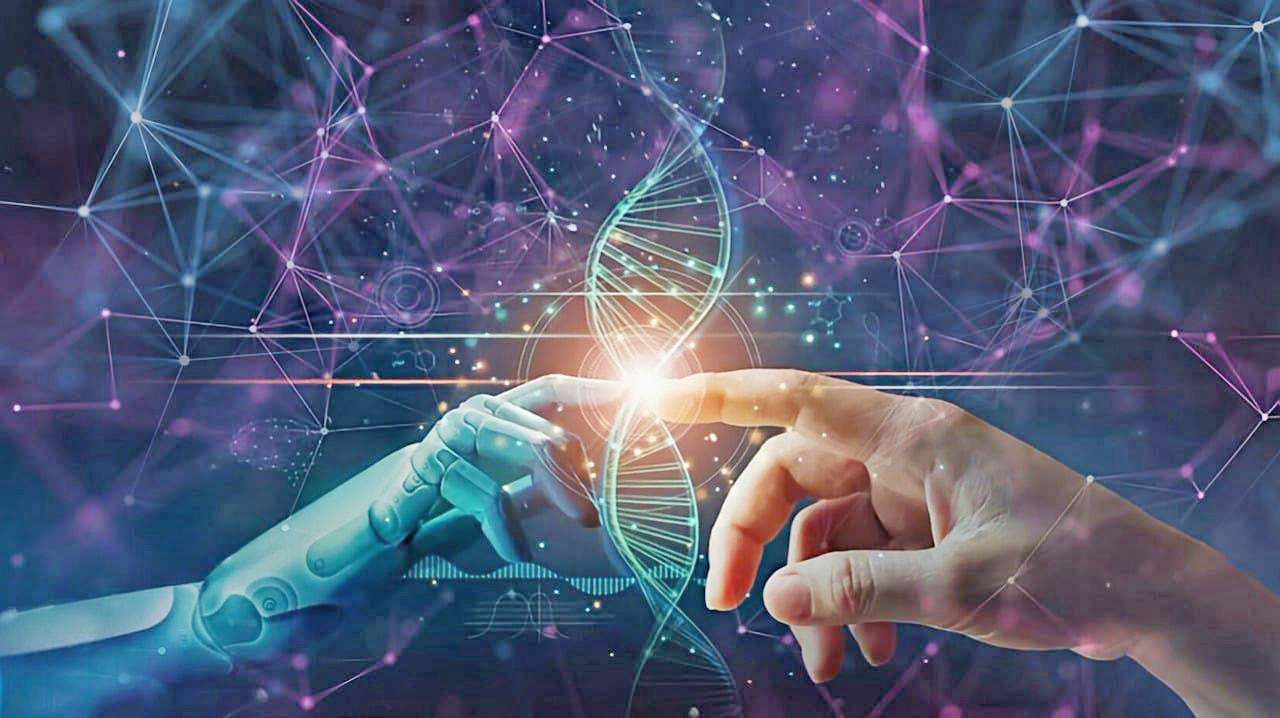
The concept of human-AI teaming centres on the strategic coordination and synergy between human and artificial intelligence (AI) agents to achieve superior results compared to operating independently. Recent AI advancements offer the potential to significantly enhance the complexity and adaptability of these collaborations, where AI systems not only serve as aids to human tasks but can also actively engage as collaborators, potentially taking on leadership roles. Efficiently designing human-AI teams hinges on the vital concept of function allocation, involving the strategic determination of how tasks and responsibilities should be divided between humans and AI agents. This plays a pivotal role in optimising enterprise workflow performance, enhancing efficiency, ensuring safety, and bolstering user satisfaction.
Challenges and Opportunities
As AI systems evolve, they gain enhanced capabilities, adaptability, and autonomy, allowing them to tackle tasks previously reserved for humans. This introduces fresh challenges and prospects for human-AI collaboration, including:
Striking the Right Balance: Deciding when to leverage human or AI capabilities, recognizing their limitations, understanding individual preferences, and assessing trustworthiness.
Adapting to Dynamic Environments: Responding to unpredictable, ever-changing real-world scenarios and tasks.
Ethical Frameworks: Establishing and implementing ethical principles and norms for human-AI collaborations.
Performance Enhancement: Developing methods for evaluating and enhancing the performance and outcomes of human-AI teams.
Guidelines for Productive Human-AI Collaboration
In response to these challenges, a set of principles and recommended strategies for task distribution within human-AI teams can be employed, keeping the primary objective in mind – harnessing the unique strengths of both human and AI agents to attain results beyond the reach of either party in isolation. This involves:
Exploring Task Requirements and Workflow Context: Analysing task objectives, subtasks, limitations, uncertainties, and environmental factors.
Assessing Human and AI Capabilities and Limitations: Evaluating the strengths and limitations of both human and AI agents, and considering trade-offs.
Developing a Task Allocation Strategy: Determining the distribution of tasks and responsibilities, considering fixed roles or dynamic allocation.
Execution
To make these strategies work, effective communication and coordination channels must be established between humans and AI agents. Feedback, guidance, transparency, and accountability are vital for each agent’s actions and results. Continuous monitoring of the performance and conduct of individual agents and the team as a whole is essential, with modifications to the function allocation strategy as needed based on changes in task requirements or contextual shifts.
Successes and Failures in Human-AI Teaming Function Allocation
Function allocation has played a pivotal role in the success or failure of human-AI collaborations in various domains. For instance, in customer service, Bank of America’s Erica successfully allocates tasks between AI and humans, enabling seamless transitions for complex scenarios, resulting in enhanced customer service. Conversely, IBM’s Watson for Oncology faced difficulties in medical diagnosis due to issues like a lack of transparency, reliability, and bias in training data, leading to its discontinuation. In content moderation, Facebook utilises both human moderators and AI systems to manage the scale and complexity of filtering online content, successfully maintaining a safe and respectful online environment.
Ethical Considerations
In human-AI collaboration, ethical guidelines encompass fairness in task allocation, ensuring equitable consideration of workload, capabilities, and preferences of both human and AI team members. These guidelines also emphasise privacy measures for handling sensitive data, transparency in AI decision-making processes to build trust, clear accountability for task outcomes, bias recognition and mitigation, safety prioritisation for both humans and AI systems, and empowering human team members with autonomy in decision-making regarding their tasks. These ethical considerations serve as a foundational framework for the responsible development and deployment of AI systems, respecting the rights and interests of all team members.
Conclusion
AI’s future developments will significantly impact function allocation and human-AI collaboration, introducing new challenges and opportunities. To address these dynamics effectively, a multidisciplinary approach is essential, encompassing technical, social, ethical, and legal considerations. Engaging with diverse stakeholders and fostering dialogue is crucial to ensure AI’s responsible and beneficial use for humanity.
The author is AI Expert, Visionet